This post may contain affiliate links.
Yes, you can make your own fertiliser for your plants at home, easily. It can even be free. Making your own fertiliser for garden plants using various methods. One of the first steps in gardening is to fix, improve, or at least understand your soil. You won’t grow much with bad soil but there are many ways to add nutrition.
Make Your Own Fertiliser For Plants
Some great ways to make your own fertiliser include:
- Mulching with organic material.
- Chop and drop
- Keep animals for manure
- Make hot compost
- Bokashi your kitchen scraps
- Feed worms with scraps, make worm tea and worm castings
- Make banana water or banana tea
- Make weed tea
- Dig scraps into your garden in a deep trench
- Hugelculture, bury wood
- Grow green manure and till it in
- Utilise Fish
15 Ways to Fertilise Your Plants, Without Buying Chemicals
None of us wants to spend a fortune on our gardens and many of us are gardening because we want our food to be cheaper. But, our plants do need fertiliser, always, be that in the form of nutrient-rich soil or added liquid or solid feeds, healthy plants need an extra boost of minerals and organic matter along with water and sunlight. Here are 15 ideas to add extra nutrients to your plants or garden, without running to the DIY shop for chemical feeds.
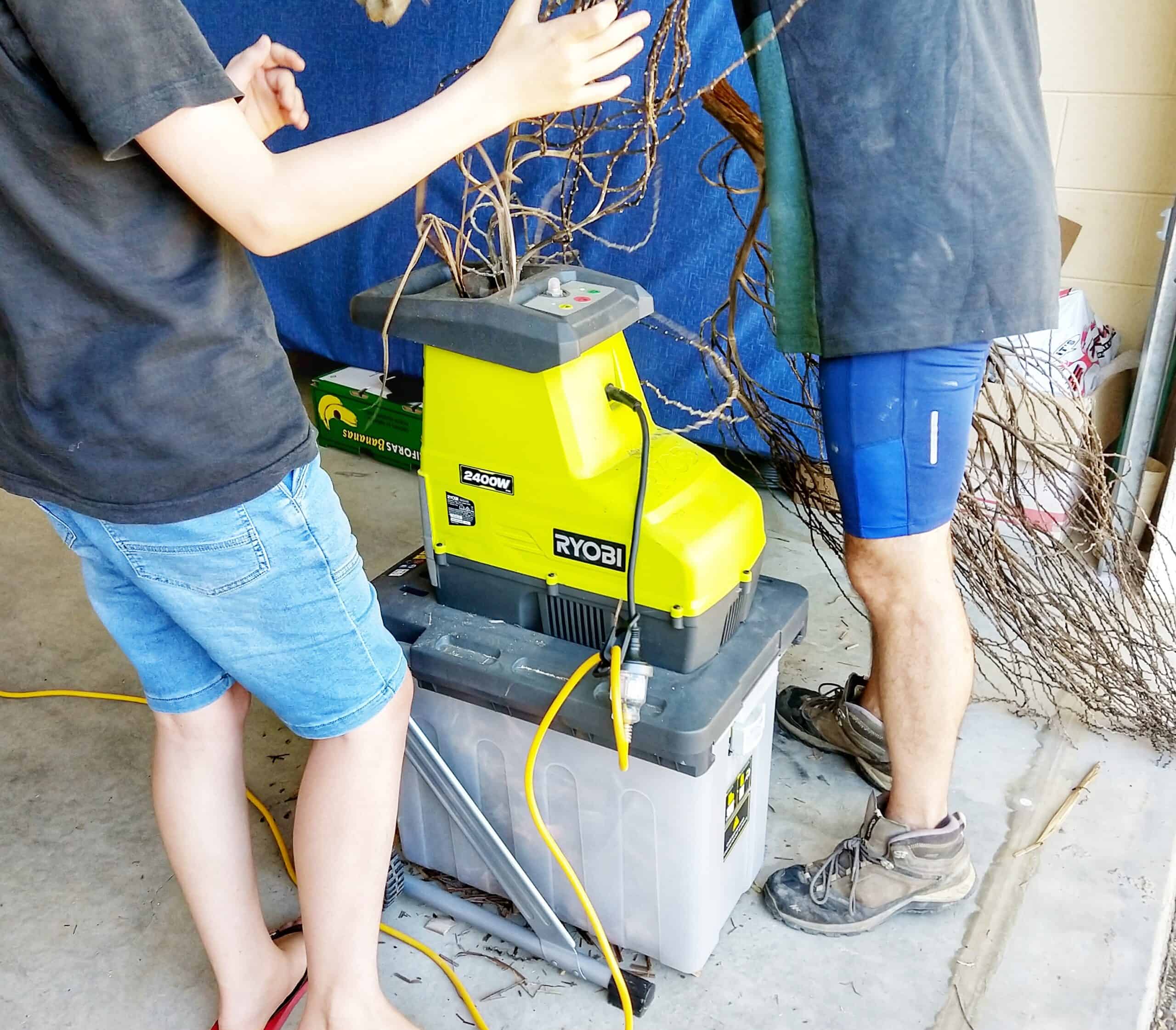
This post may contain affiliate links, they cost you nothing extra and we can make a small commission. Our garden is far from perfect, we’re just starting out with very poor soil.
We have most of the methods below up and running, but for now, we still need to run to the garden centre for missing nutrients, soil improvers, and soil builders. Starting from scratch isn’t cheap.
Make Your Own Compost
Everyone should be composting. We all produce leftover organic matter and that stuff needs to get back into the soil so that we can grow more good stuff.
We can use just about anything carbon-containing from coffee grounds to vegetable peelings, eggshells, even animal and dairy waste. Everything can be turned into nutrients for plants.
I think people can be scared of composting, detailed tutorials and how-tos can make it look like an overly scientific process, it’s not. It’s very simple, stuff rots and breaks down.
Sure, there are good, efficient, awesome ways to do it and less perfect ways to do it, but any composting is better than no composting so start now!
Meat trimmings and leftover dairy products can be broken down using something like a Bokashi system. Or, of course, you can feed them to your chickens and let the girls turn waste into manure. It’s probably not the best idea to put animal products on your compost because of flies, maggots, rats, cats, and dogs, but it does break down, it’s all nutrient containing.
Remember how the native Americans taught the starving pioneers to bury fish next to their corn plants? Meat is fertiliser, only to be used sensibly and safely. (You can read the debate on fish fertilised corn here ) There can be issues with pathogens remaining in the soil, so tread carefully and if in doubt – don’t.
The golden rules of composting are to balance your greens and browns (carbon rich and nitrogen rich), keep it aerobic and keep it moist.
It’s best practice to fully fill a compost bin, or create a pile, of balanced, chopped plant matter, then leave it to mature for a month or more. Keep it moist. That way you’ll have a bin-full of good compost to use around the garden while you are busy filling your second bin or pile.
Compost Tea – And Pee
You go down the route of complex compost tea brewing systems complete with aerators, or you can keep it simple. Compost tea in its simplest form is liquid fertiliser, and micro-organism soup.
Just take some of your compost, soak it in water, then pour it into the soil around your plants. I’ve been doing this lately. Some of my tomato plants were starting to go a bit yellow as available nutrients ran out. (Chlorosis – depleted chlorophyll – there are other causes but our very poor soil in that area gave me a big clue).
A week on the compost tea and they’re greening up again.
I’m a biologist by training and a former medical scientist. I know a lot of sciency stuff. I don’t know if everyone does, everyone learns about plant physiology, the carbon cycle, nitrogen cycle and so on in school – but do people remember it?
I don’t know, so I’m pitching this website at my kids, we’re learning together, and absolute beginners who potentially know nothing about growing plants and maintaining or improving soil. Simple English, nothing technical, because anybody can do this.
I grew up as a gardener with my dad but a lot of these skills have been lost in recent decades, it’s time we all got them back.
You don’t even need well-rotted compost to do this, manure, anything rotting, will release nutrients into a bucket of water. Just don’t go OTT and give your plants too many nutrients because they might not like that either. Softly softly.
You know how urine can kill grass? That’s because it contains too much Nitrogen in the nitrates of each urea molecule (and sometimes salt or potassium ). Too much Nitrogen isn’t good.
Soil pH is another thing to think about but I don’t want to scare people off with too much science geekery just yet!
You can recycle your urine and use it on your garden, but not neat. It can be diluted (1:10 should be safe) or you can pee on your compost heap as a composting accelerator but it’s a little too eeeeew for most people.
Urine should be sterile by the way, it’s not normally bacteria-containing unless you have an infection. I was taught that when I worked in hospital pathology but lately that’s been flagged as a myth. Everything contains some bacteria, but I don’t think anything in urine is going to be a problem.
I’d just like to mention here that while living in a remote farming community with incredibly fertile fields, human waste went on the manure pile along with cow, sheep, chicken, any of that good stuff. Come winter it all went on the fields.
Waste contains nutrients that we flush away along with gallons of wasted drinking water – so I’ll just leave that information there for you to ponder. I’m not advising it, I don’t advise on anything – I’m just saying.
Worm Castings and Worm Tea
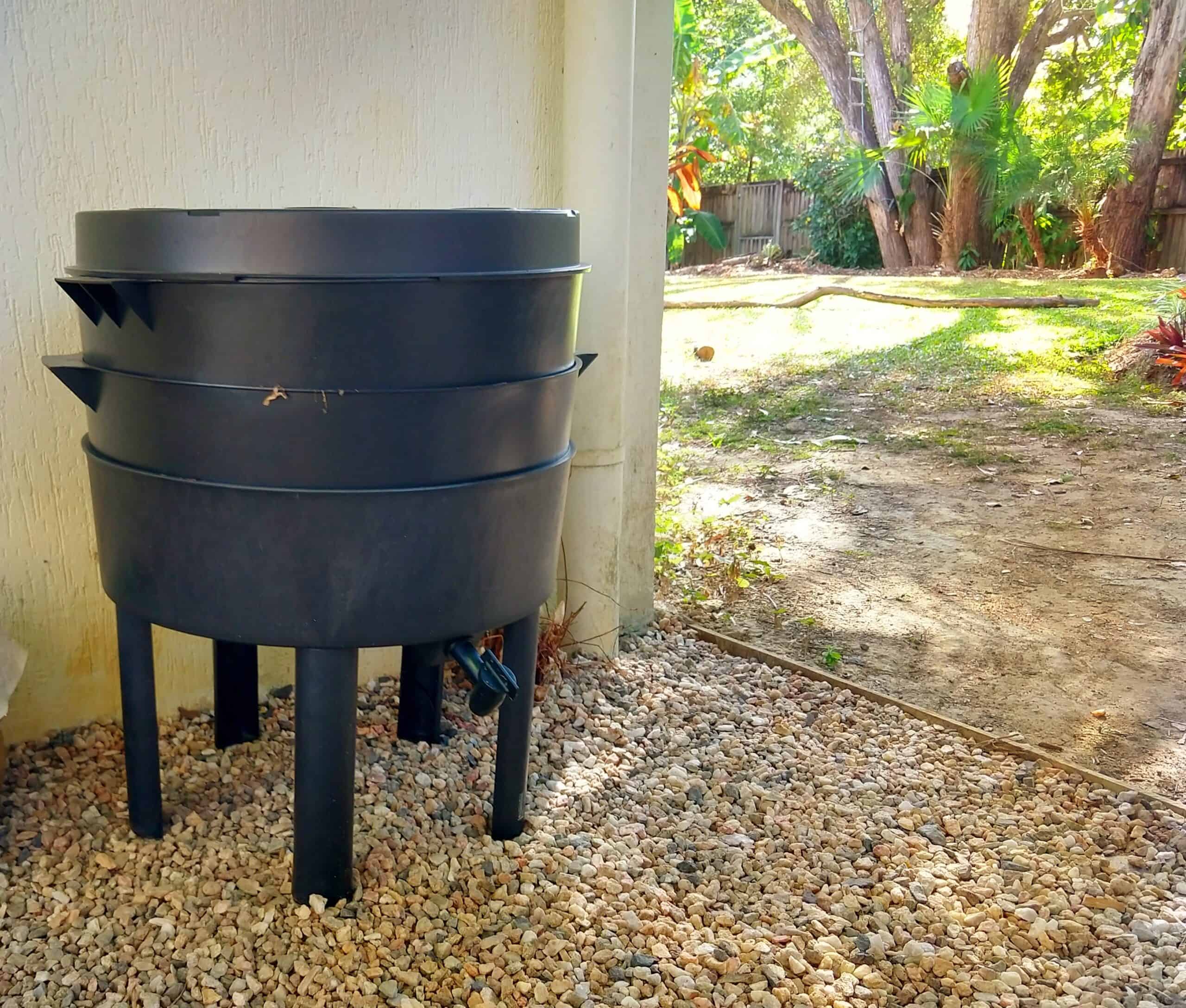
Worm farming is a brilliant way to make your own fertiliser, you basically have a liquid feed on tap, every day.
You can feed your worms kitchen scraps and cut up bits of plant for your garden. They say to not feed worms onions and citrus peels, but I do. If your worm farm leaks, stand it on your garden beds where the drips may be useful. Keep it moist and not too hot. Keeping it in the shade helps.
Weed Tea To Fertilise Plants
Similar to all the other teas this is just a solution of unwanted, decomposing plant matter. Some weeds are hard to kill and shouldn’t go on your compost heap. Drowning is a pretty reliable way of disposing of them.
So drown them, leave them to break down for a couple of weeks and use their decomposing corpses to feed your garden.
Build Your Soil’s Nutrient Content in Advance of Planting
When I was a kid my dad would dig a bean trench in winter and progressively fill it with kitchen and garden plant waste before covering it up with soil and planting his beans above. A few handfuls of mystical powders would go in there too, blood and bone meal was a favourite but bought products shouldn’t really be necessary.
That rotting vegetable matter would give him way more beans than we could eat, they were healthy, large, delicious sources of protein and other nutrients. Beans can be the backbone of your diet and are super easy to grow.
Be like my dad, fill your soil with food. By the way, did you know that healthy, well-fed plants are way less likely to attract pests? No need for chemical sprays. This is sometimes called trench composting.
In the tropics, we tend to build up rather than dig down. The same applies, build a mound of wood, plant cuttings, cabbage leaves and coffee grounds, get some rotted chicken poo in there, anything nutrient-packed but try to layer and keep some air circulating. Likewise, keep it moist. Add some soil on top, mulch it hard with straw or cane mulch and plant into the top soil layer.
This is moving towards no-dig gardening methods, very useful in the tropics.
Rotting wood and compost in the soil can potentially cause root rot conditions for some plants. There has to be air in the soil.
Bananas and Banana Water
Bananas are rich in potassium as a food for us, and also for your plants.
Bananas are super easy to grow in the tropics and can grow to huge sizes, fast.
You’ll want to chop down a banana plant after it has fruited giving you a huge amount of biomass that can go back into your soil. Most of that biomass contains nutrient-laden water, so if you don’t want to compost the banana’s “trunk” simply lay it on your soil to slowly release all those nutrients.
It’s quite likely that some of your bananas will spoil or not be good to eat. Use your peels and excess fruit to make banana water to feed your plants.
The more finely chopped your organic material, the quicker it will break down. You can steep your banana remnants for a day to several days before using.
Green Manure
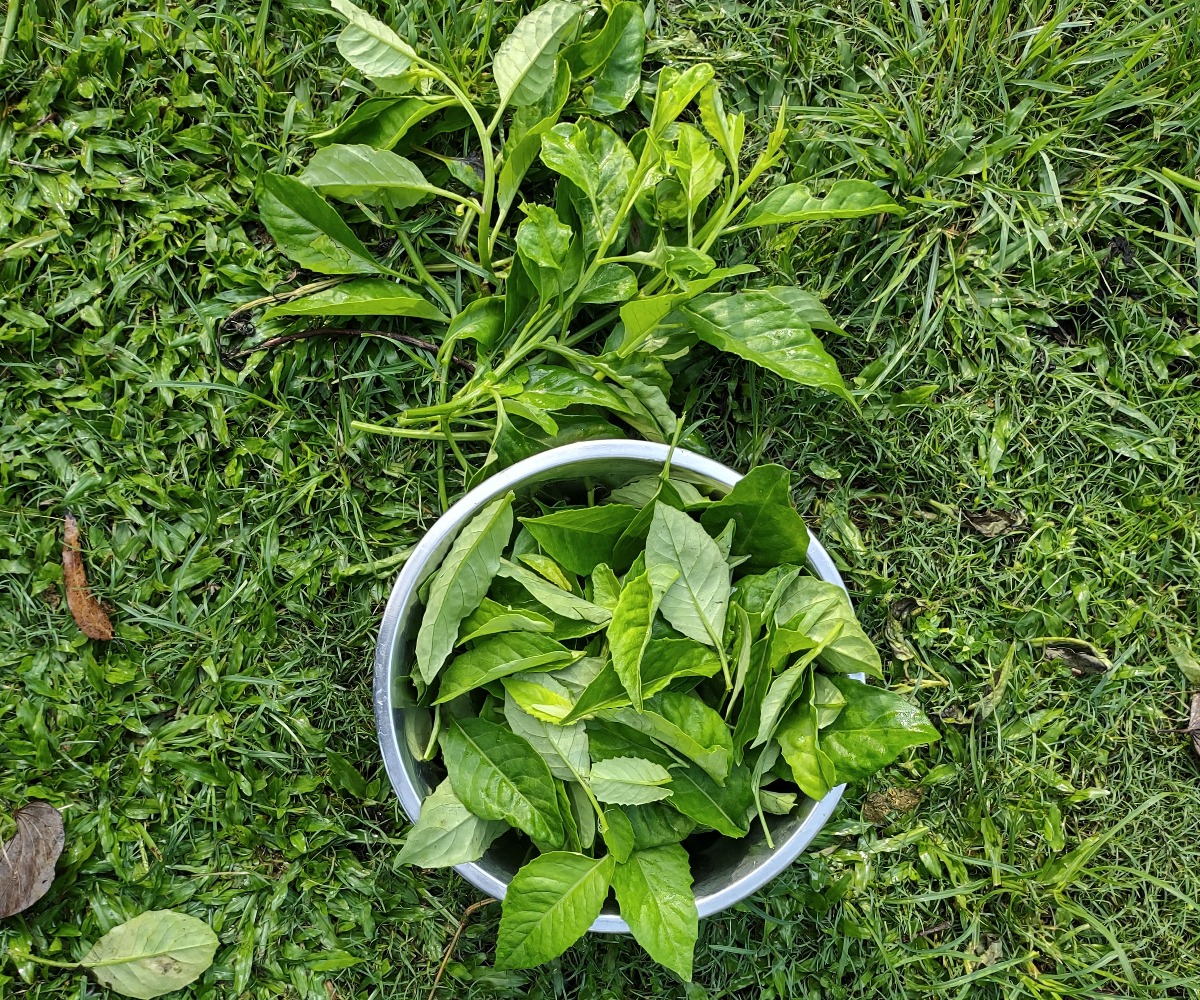
Green manures or cover crops are fast-growing leafy plants which are sown from seed to be slashed and dug into the soil, or used as mulch. It’s important to slash and use before they set seed.
Of course, any excess green growth in your garden can go back into your soil but green manure crops are generally deliberate planting purely for the purpose of improving the soil for subsequent plantings.
Cover crops also prevent weed growth, improve soil texture and cut back on rain and wind erosion of topsoil, rather like a living mulch.
A plant that grows very easily for me is longevity spinach. Around September, October and November, and into the wet season, when it really starts growing strongly I harvest loads for soups, stir fries and salads, any excess plant matter goes back on the garden as chop and drop, but you could just as easily use this plant as green manure and a cover crop. It grows easily from cuttings. The chickens don’t seem to like it, so it’s a winner in my garden.
Eggs as Fertilizer
Talking of chickens, if you have a flock you’ll end up with excess eggs. You can bury an egg or two in a bed or under a plant to boost fertility. We tend to use the eggs that are damaged, dirty or small. The silkie eggs often end up in plant pots. We’ve never noticed any smell from burying eggs like this. It’s a bit like the 3 sisters method of burying fish beneath corn. The only time eggs get scarce for us is around June and July, (winter) but some of our chickens do lay all year.
Mulch
Mulching doesn’t just reduce weed growth, soil erosion and evaporation, the underside of your mulch will be decomposing and improving your soil as worms and other tiny critters go to work.
Many things can be mulch, straw, sugar cane, grass clippings, coffee grounds, chop and drop, some are better than others but adding to your soil from above with organic matter is generally a good idea.
Grass clippings can get slimy and anaerobic and I’ve heard anaerobic ( without air) rot can hurt your chickens, so don’t leave a big pile festering.
Improve Your Garden’s Biomass
A healthy garden has an abundance of flora, from worms, to bees to small reptiles, birds, and mammals. Tiny fungi and microorganisms are decomposers. Do everything you can to keep your garden critter-friendly.
Above all, stay clear of chemical sprays.
Plant flowers to attract pollinators. We’ve noticed that bees are scarce in our garden, I’m having to hand pollinate with a paintbrush but, hopefully, flowers will bring them back.
Birds can be your best friend too, when they’re sitting in your tree they’re pooping around it and sometimes bringing gifts of seeds suited to your local environment.
Bury Wood – Hugelculture
You can bury whole trees, you know. It’s a thing, it’s called hugelculture and has been around for years.
No room to bury a tree? Bury what you have. It will break down and feed your soil. It’s also a great way to get rid of garden waste, build mounds of sticks and turn them into raised beds by covering with organic matter, soil, compost and mulch.
If you dig down a little first you’ll be creating a mini reservoir that should hold more water for your plants in drier times. Your raised mound should help them not get waterlogged in the wet.
It’s said that rotting wood or woodchips can rob nitrogen from your soil, so make sure you’re adding greens or nitrogen in some other form or read why this maybe isn’t really true.
Aquaponics
Aquaponics is so exciting and is the next project for us here at Tropical Food Garden. If you’ve not heard of aquaponics it’s pretty simple, fish poo in water, this fish poo feeds your plants, the plants clean the water for the fish.
Aquaponics setups can be huge and expensive or you can go the home-made route. You can even buy small aquaponics systems to use indoors. I love these and Having a few herbs growing in my kitchen plus a few fish for “cat TV” would be great. We have lots more coming on aquaponics!
If you keep a few fish, say guppies and platties in a pond pot on your patio, a bit of that fish water can work wonders for plants grown in pots nearby.
Permaculture Methods
Permaculture is awesome. It’s about getting your garden to function as a natural forest would. Storing water, letting it filter through, keeping nutrients going back into the soil, encouraging biodiversity, protecting your soil with cover crops or an edible understory.
It’s the way forward as far as I can see. I can’t possibly explain it all to you here. Go to YouTube and start watching permaculture videos, be prepared to lose a day to them!
Permaculture can take the hard graft out of gardening and potentially allow you to grow an elegant sufficiency of diverse crops even in a fairly small area, year-round.
Keep Chickens or Other Pets
Herbivores like rabbits and guinea pigs produce spent hay and poop that can go back into your garden, likewise chickens, although they’re omnivores.
You shouldn’t put cat or dog poop in your garden. You can build a separate compost pile for your spent chicken straw and poop. Keep turning it and let it get to the “well-rotted” stage.
Poop is a very good source of nitrogen for strong leafy growth but “fresh” poop will be too much for your plants and could kill them. You also want any parasites or bacteria and viruses to be dead before you use manure near your plants, so leave it to mature.
Grow Legumes
Leguminous plants enhance soil fertility by fixing nitrogen. Legumes have the ability to fix atmospheric nitrogen back into the soil. They are nitrogen fixers and key players in crop rotation systems, although in permaculture rotation doesn’t happen, here we plant legumes alongside other plants. Legumes are also a good protein source.
Pigeon peas are a very useful plant for this.
Add Seaweed
I know of tropical gardeners who swear by seaweed. They simply go to the beach, grab a few bag fulls of whatever has been freshly washed up and dig it into their beds to decompose. But does it help?
Seaweeds like kelp are undoubtedly mineral-rich, but what about the salt content, could it harm your plants? Some gardeners say to soak it in a couple of changes of freshwater, others say the salt isn’t a problem.
If you dry the seaweed in the sun you can powder it and add it that way, alternatively make a seaweed tea or compost pile with alternate layers of straw to allow aeration.
Add Coffee Grounds
Some suggest adding fresh, spent coffee grounds directly to your garden to increase nutrient levels and improve soil texture. The science on this suggests it is better to compost them first.
With gardening, every day is an opportunity to learn and to grow.
Thanks for visiting our site and being interested in learning more about how to make your own fertiliser. I love that so many people are returning to gardening and growing their own food and we’re privileged to share that journey with you. The amount I’ve learned in recent weeks is vast. Hours of YouTube videos have left me realising that actually, I know very little, but we can learn together. We don’t collect email addresses from visitors – who needs that, right? You can join us on Facebook, Instagram or Pinterest or maybe just add this site to your favourites and pop back from time to time to see what’s growing at Tropical Food Garden. We’d love to read any tips or ideas you have in the comments, this site is all about growing together. Go look at our post on gardening quotes and captions maybe. Every page you view makes us a cent or two to fund this website, so thanks for visiting.

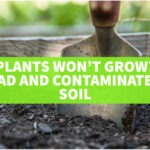


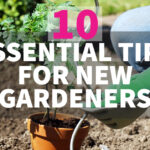

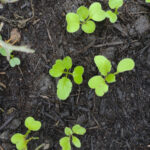
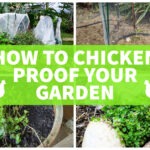
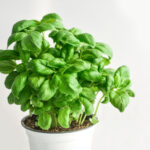
Keep in mind that if you don t harvest the comfrey and it dies back on its own, it will re-fertilize its own soil. I am always careful to leave some of my comfrey cuttings for the comfrey plants themselves.
That’s a good point, thanks.
Just discovered your site, full of great info. Have you found a mulcher/chipper that can happily handle palm fronds? We’re still looking, and would love to hear of your experiences.
Failing that we’re contemplating making biochar and throwing them in that mix..
Hi Sarah, The mulcher in the photo will handle small palm fronds but not the big chunky end. Sometimes I just put them on the grass and just go over them with the mower, or they go on the burn pile. Then we use the ash on the garden, or semi-burn it for charcoal/biochar. The cheaper mulchers/chippers are useless, we used to have one. That one above was the most expensive in the shop. But after that, you get into the big industrial chippers and on a large property that could be worth it.